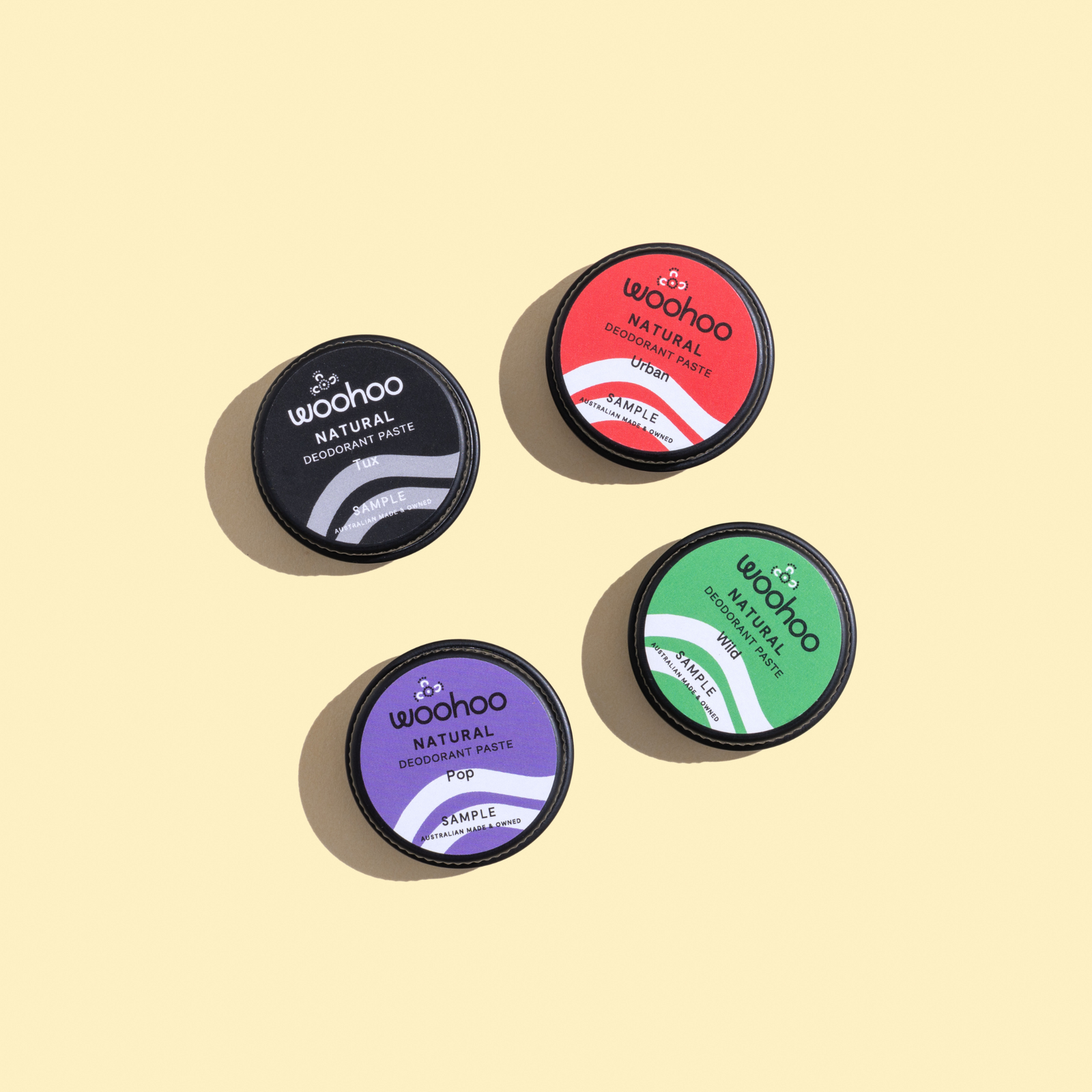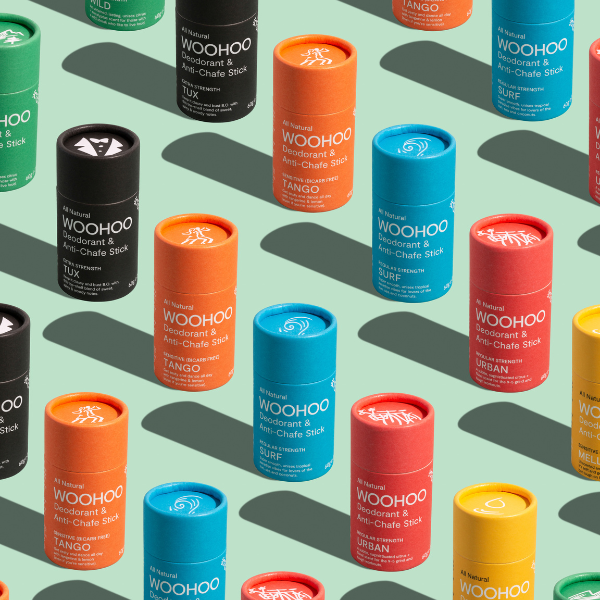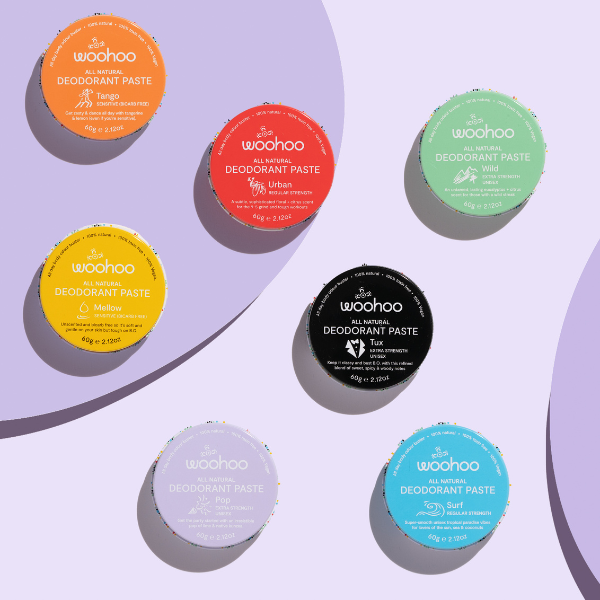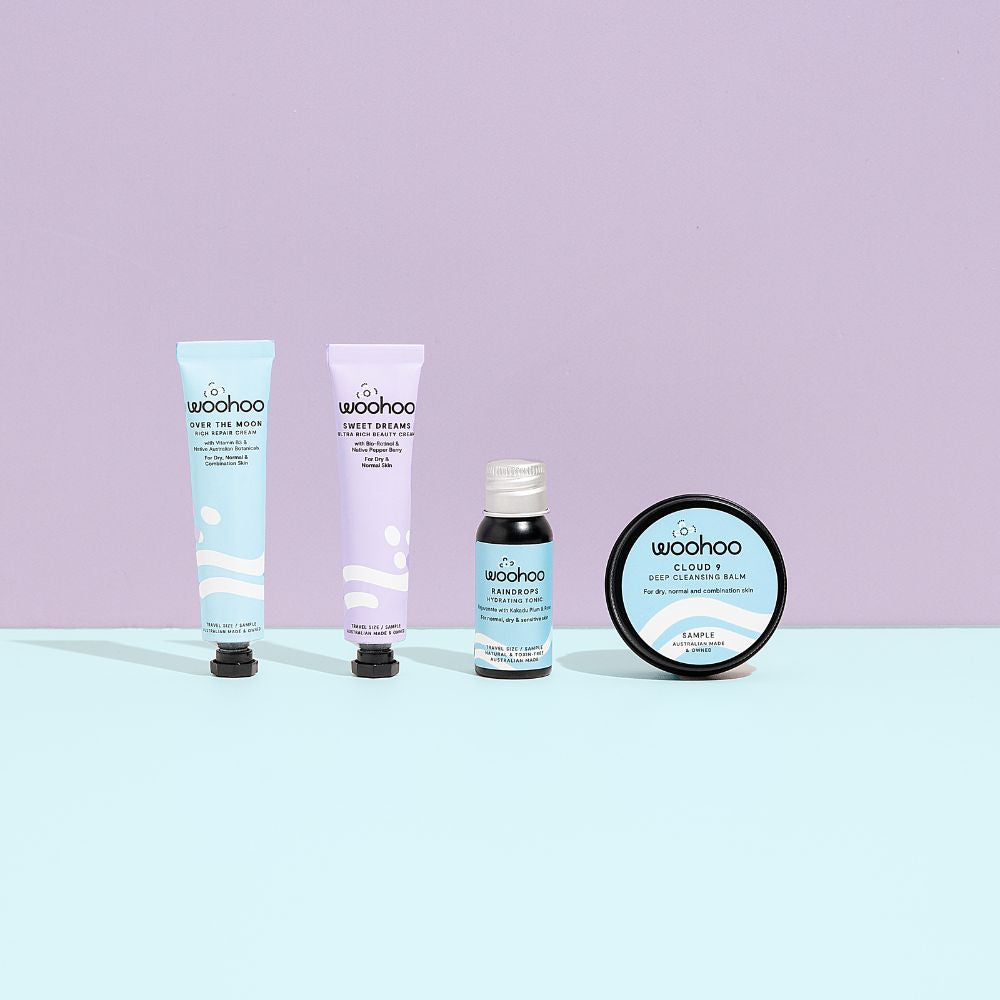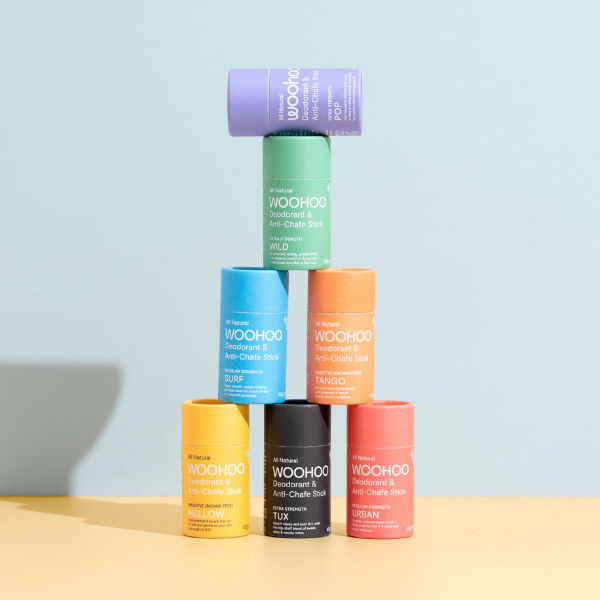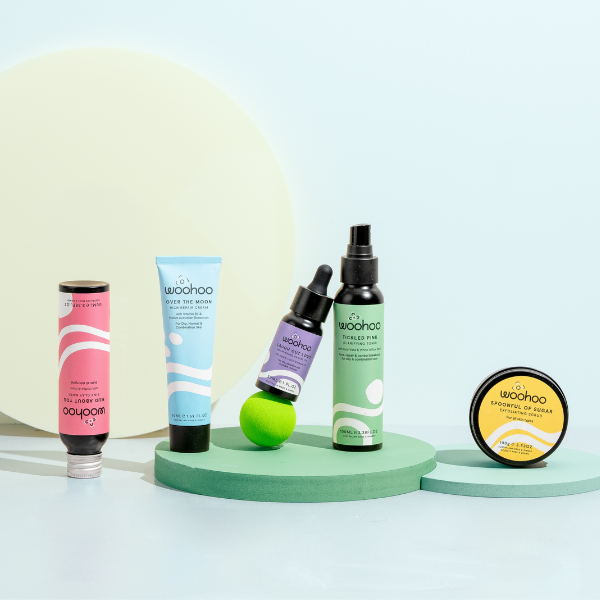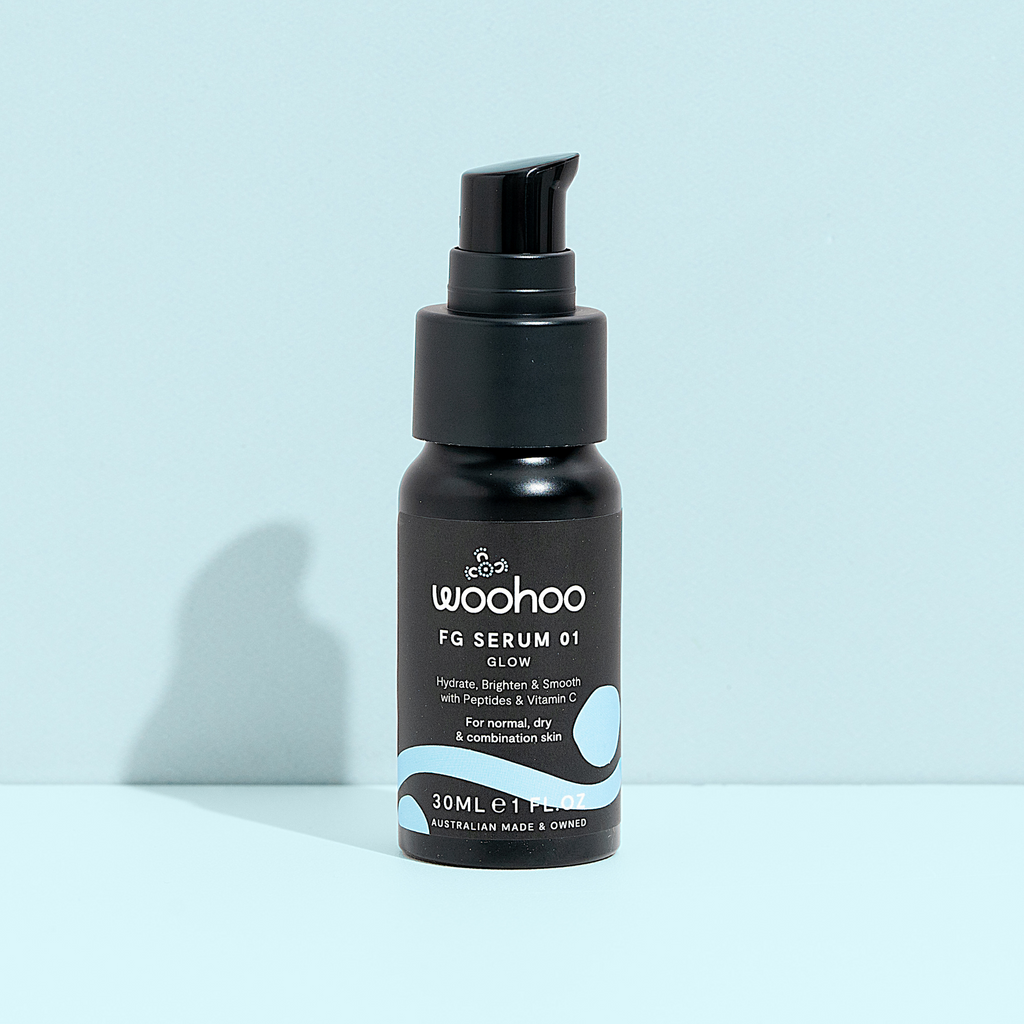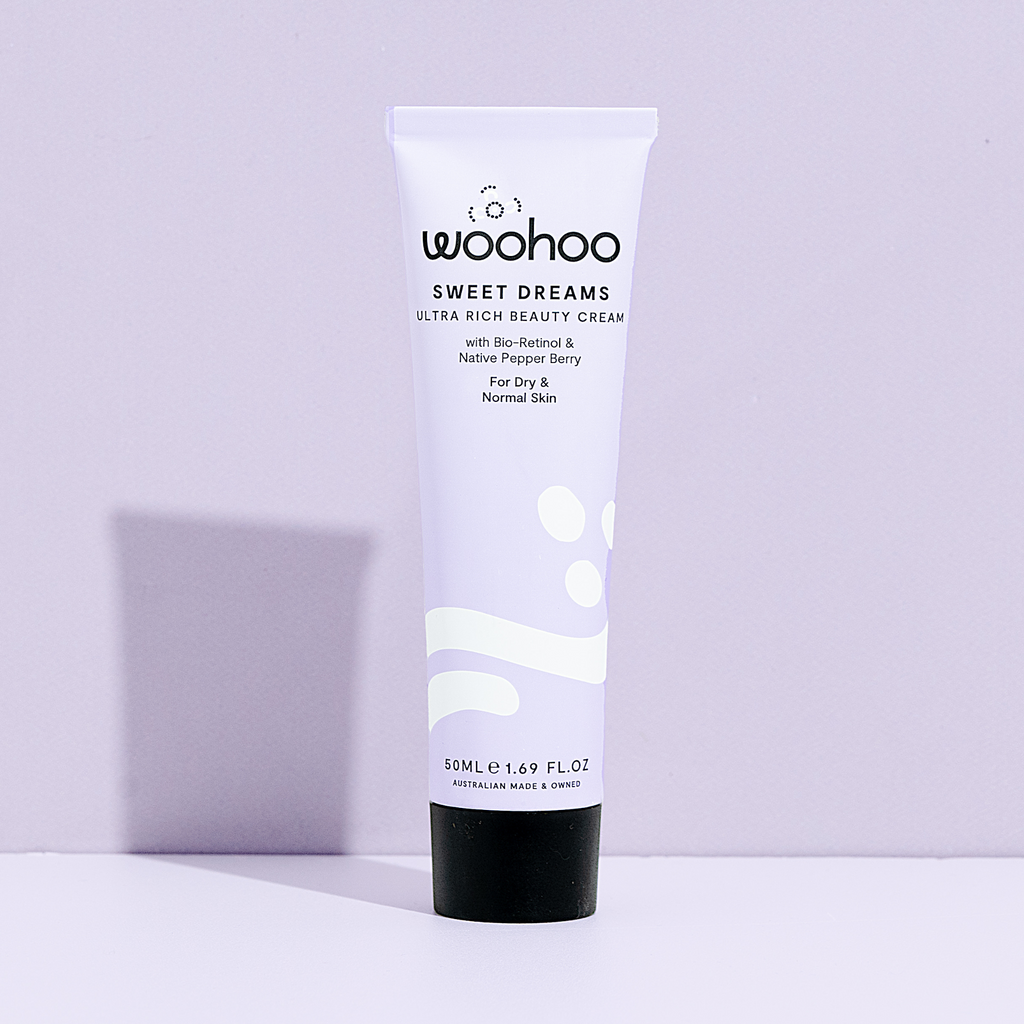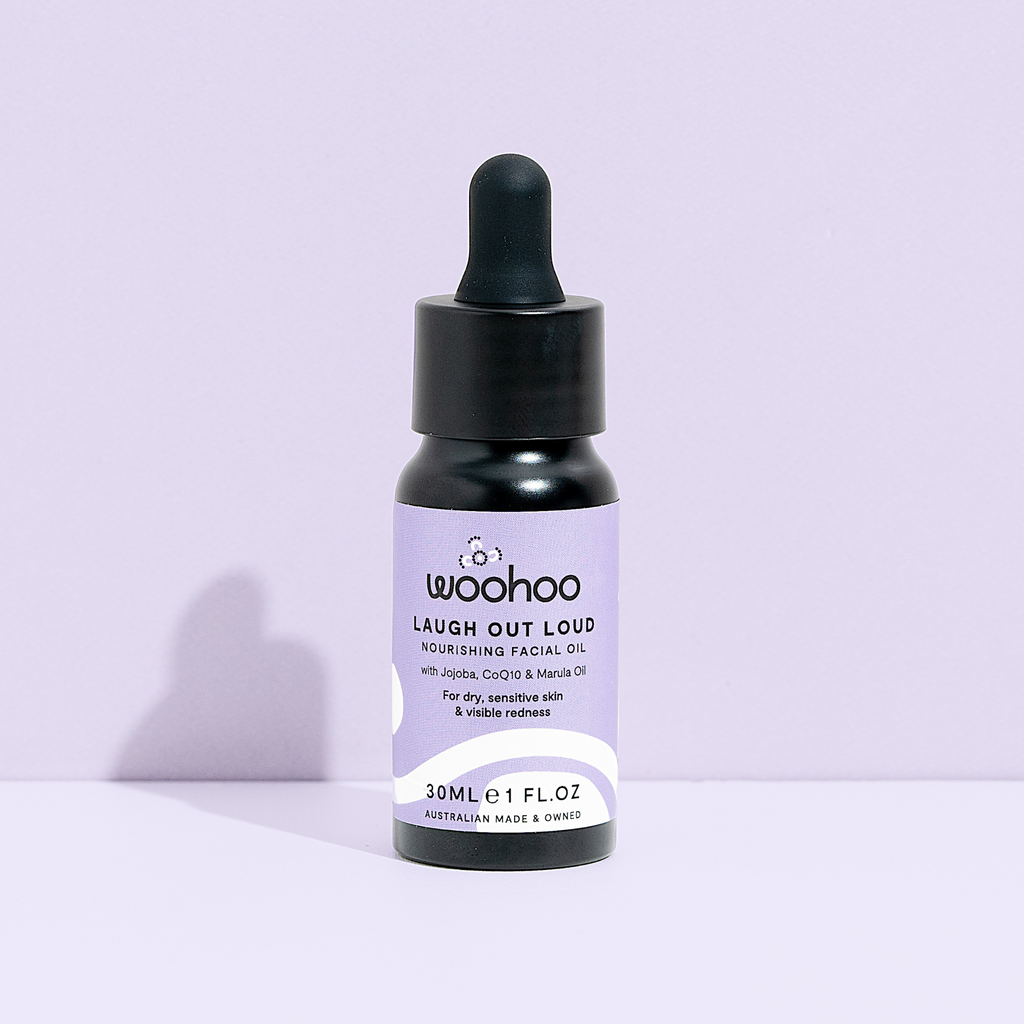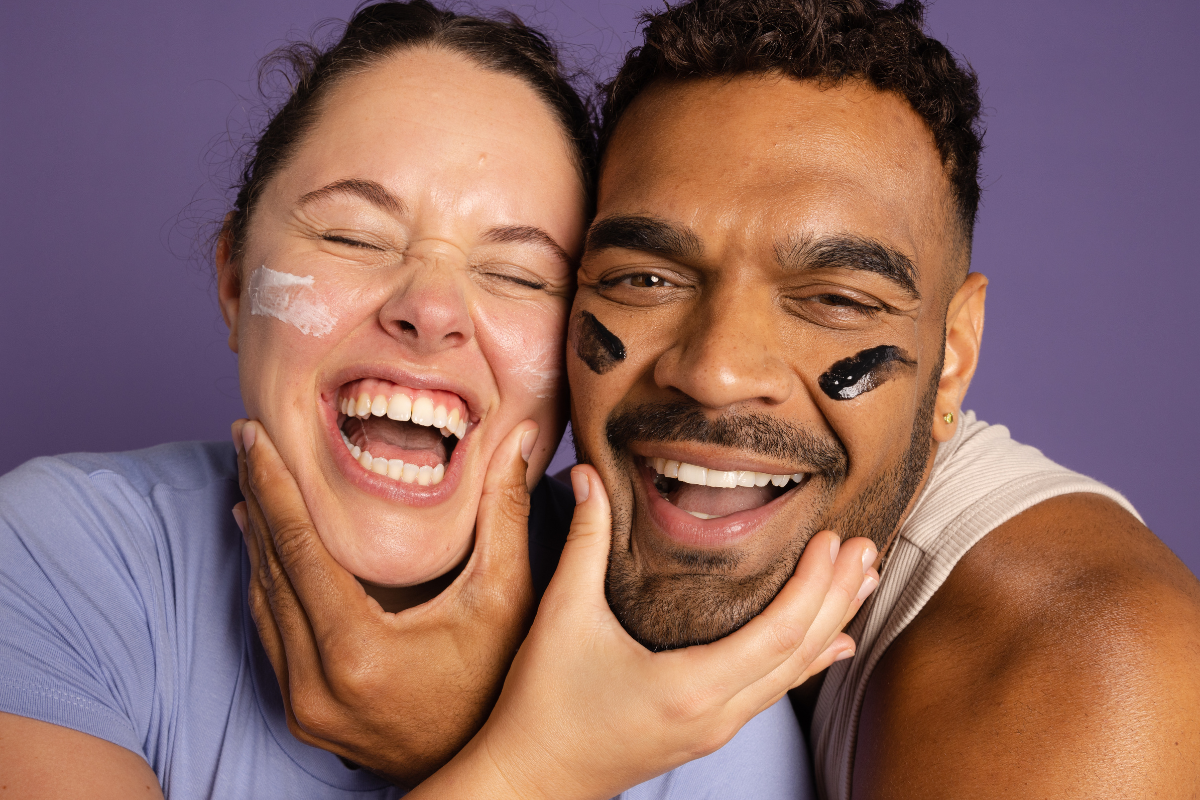
Alright folks, let's settle the age-old debate: Hydrating vs Moisturising — what the heck is the difference when it comes to skincare?
In a nutshell: 'hydration' is like giving your skin a big gulp of water, transforming it into a plump and radiant version of itself. 'Moisturising,' on the other hand, is like putting a lid on that big gulp to ensure none of that juicy hydration escapes.
Both are essential steps for flaunting a healthy, glowier complexion. Here's the lowdown:
What's the deal with Hydration?
Hydration is all about quenching your skin's thirst for water. When your skin cells are like plump, happy grapes (as opposed to shrivelled raisins), your complexion looks bouncier and more youthful, and those pesky fine lines and wrinkles are less noticeable.
According to a study published in the Journal of Clinical and Aesthetic Dermatology, well-hydrated skin also has an improved barrier function. What does that mean? In layman's terms, a strong skin barrier helps to prevent water loss from the skin and fend off environmental toxins and irritants, making your skin more resilient and less prone to inflammation and damage.
What's Moisturising all about?
Moisturising is your hydration’s trusty sidekick. It locks in all that precious hydration, ensuring that it doesn't evaporate into thin air. An article from the American Academy of Dermatology confirms that effective moisturising also minimises trans-epidermal water loss, keeping your skin looking smooth and feeling soft. The secret sauce? Emollient or occlusive ingredients! They create a protective layer on the skin, acting as it’s personal security guard against dryness.
- Occlusives: These are your heavy-hitters like butters, oils and waxes. They create a physical barrier on your skin, trapping in moisture to seal it all in. They're great for extremely dry skin that needs all the help it can get in holding onto hydration.
- Emollients: Now, these are the smoothers and soothers, often made from fatty acids and lipids. They’re more than just surface level—they penetrate the skin to fortify your natural moisture barrier from the inside out. They leave your skin feeling softer and more supple, without the greasy residue some occlusives can leave.
When skin thirsts for more
The difference between dehydrated skin and dry skin boils down to what's missing: water or oil. Dehydrated skin craves water, while dry skin is low on oils. Contrary to popular belief, all skin types can become dehydrated — yep, even oily skin.
A few memory joggers… Dehydrated Skin vs Dry Skin
- Dehydrated skin is a condition, not a skin type. So, even if you're usually oily or combination, you can still experience dehydration. Signs of dehydrated skin include dullness, itchiness, and a less-than-supple appearance.
- Dry skin, on the other hand, is a persistent skin type that can be exacerbated by various factors, such as harsh ingredients or extreme weather conditions. Symptoms might include flakiness, tightness, and redness.
So, to sum it up…
Think of ‘hydration’ and ‘moisture’ as the Batman and Robin of your skincare routine — they're most effective when they team up. Hydration replenishes water content, but if there's nothing to lock that water in, you're essentially pouring it into a sieve. Finding a product that offers the right blend of hydrating and moisturising elements for your skin type is key to achieving that fabulous glow.
Hydration Heroes
For intense hydration, you'll want products rich in humectants or osmolytes like hyaluronic acid, betaine, and glycerine. These heavy hitters have the power to hold onto immense amounts of water—some up to 1,000 times their weight!
We LOVE: 'Make My Day' Bio-Retinol Gel Cream, 'Serenity' Hyaluronic Body Serum, FG Serums 01, 02 & 03.
Moisturising MVPs
If you need some moisturising to lock that hydration in, for this mighty mission you should reach for products with emollient or occlusive agents like butters, esters (naturally modified oils which are lighter than oils), and plant-based oils. Our favourite oil right now is oat oil (found in the Bestie Solid Body Moisturiser) and you’ll find jojoba esters in lots of our creations.
WE LOVE: 'Sweet Dreams' Ultra-Rich Beauty Cream, 'Over the Moon' Rich Repair Cream, 'Bestie' Solid Body Moisturiser
Creams - one product to do it all!
If your skin needs both hydration AND moisture, a cream could be just what you need. Creams often combine hydrating ingredients with moisturising ingredients, so you get the best of both worlds.
Here at Woohoo, we have a few different face creams, all with varying levels of oil content to suit the moisturising needs of all skin types. Here they are in order of richest to lightest:
- ‘Sweet Dreams’ Ultra Rich Beauty Cream - most moisturising, best for dry skin
- ‘Over the Moon’ Rich Repair Cream - very moisturising, wonderful for normal, dry & combination skin
- ‘Perfectly Happy’ Light Vitamin C Cream - lightly moisturising, ideal for combination skin
- ‘Make My Day’ Bio-Retinol Gel Cream - lightest moisture, a dream for oily skin
What about Facial Oils?
Facial oils are another key player in the skincare game worth mentioning. They're often packed with emollients that soften and condition the skin, reinforcing its natural barrier. However, it's essential to note that facial oils don't typically provide hydration; they lack the water-attracting humectants found in hydrating products. So, while they can lock in moisture and keep your skin feeling soft, they're not a replacement for a good ol’ hydrating serum or cream. Instead, you can apply your serum or cream first and then seal in the goodness with your facial oil.
WE LOVE: 'Good Vibes' Brightening Facial Oil, 'Laugh Out Loud' Nourishing Facial Oil

